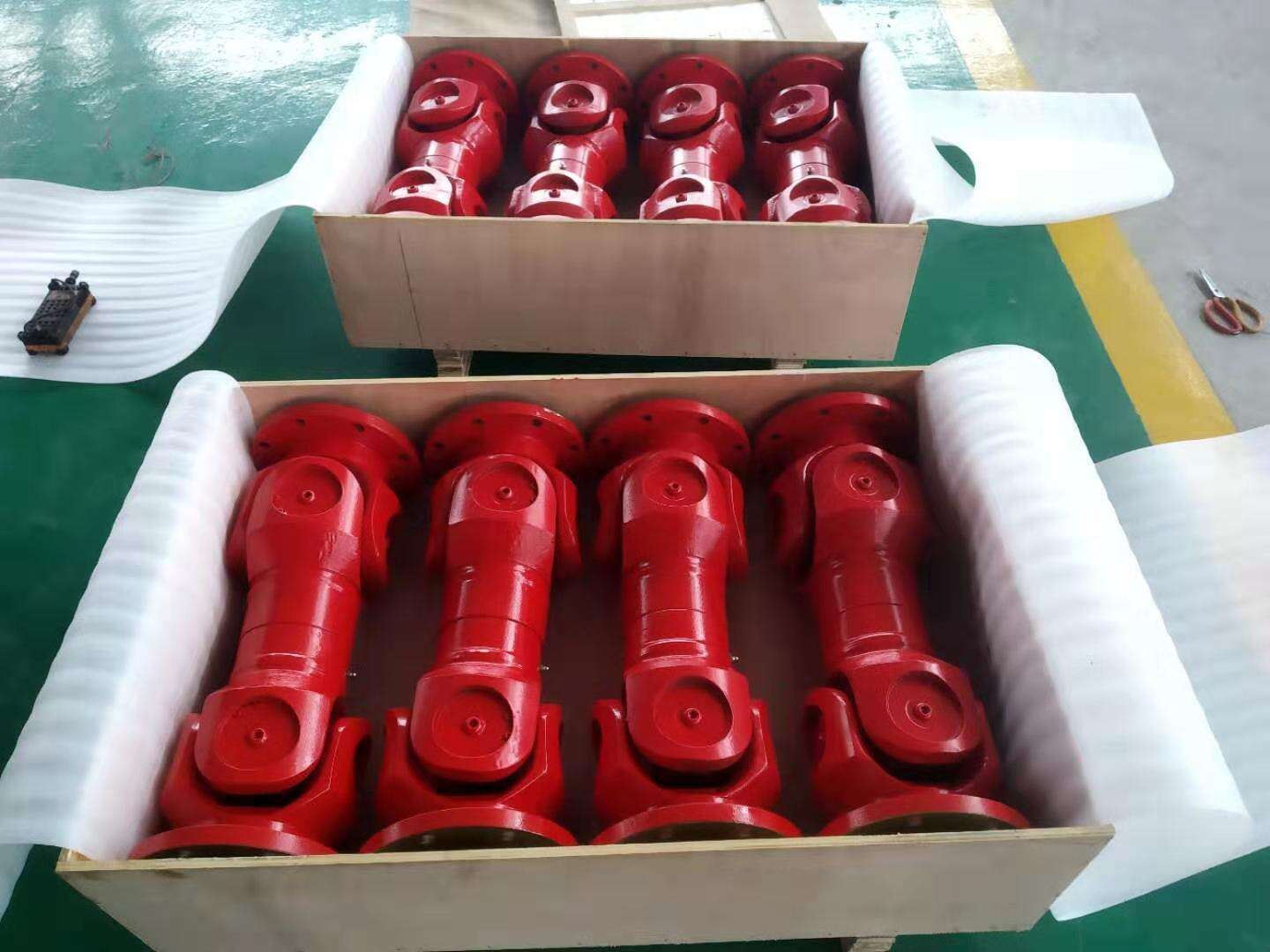Enhanced Operational Flexibility
The locking universal joint's most distinctive feature is its unparalleled operational flexibility, which revolutionizes how mechanical systems can be configured and operated. This joint provides seamless transitions between rigid and articulated states, offering users the best of both worlds in a single component. When unlocked, it delivers smooth, efficient power transmission across varying angles, maintaining consistent motion quality throughout its range of movement. The locking mechanism can be engaged instantly, transforming the joint into a solid, stable connection that effectively eliminates any play or backlash. This flexibility allows machines to adapt to different operational requirements without the need for system modifications or additional components, significantly improving overall efficiency and reducing equipment complexity.


